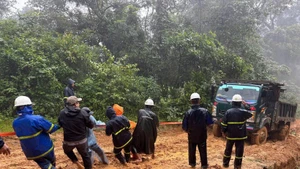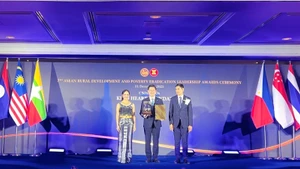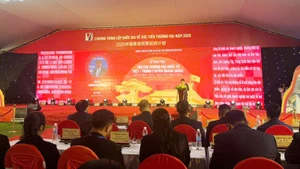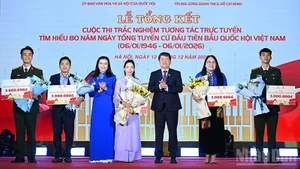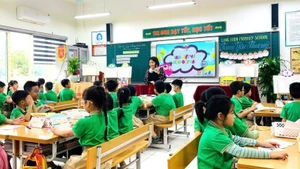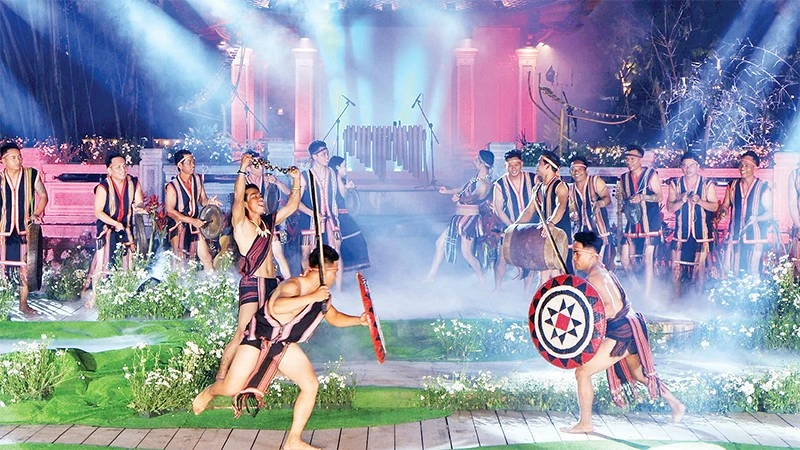Penned by young researcher Nguyen Ngoc Phuong Dong (alias Dong Nguyen) and illustrated by artist Caoviet Nguyen (Kaovjets Ngujens), the 344-page book features detailed information on the types of firearms used throughout Vietnam’s history.
The book is divided into three major chapters, researching guns in different periods of time, spanning from the first half of the second millennium, the Northern and Southern dynasties in the 16th century, and the Trinh- Nguyen civil war in the 17th century to the Tay Son and Nguyen dynasties in the 18th century.
There are also four appendixes on measurement units, practice targets, guns and shots in culture and religions, and a contemporary glossary of Vietnamese guns.
By focusing on the unique technologies and tactics of the Vietnamese people in using firearms to establish and defend their country, the book helps readers to better understand the importance of weapons in national construction and defence.
The book was launched on December 2 at the Hanoi Museum within the framework of an exhibition entitled ‘Giang Vo Military School and Le Dynasty weapon collection’. The exhibition displays a collection of 111 artefacts of national treasures consisting mainly of weapons.
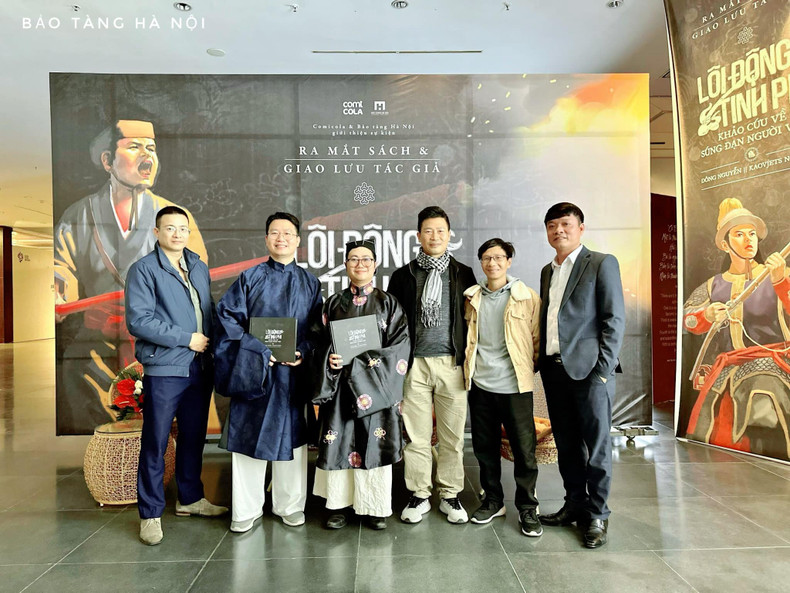 |
| Caoviet Nguyen and Dong Nguyen (second and third from left), authors of 'Loi Dong, Tinh Phi', at the lauch of the book. (Photo: Hanoi Museum) |
While expressing her thoughts about the book, Dr Nguyen Thi Don, Vice Chair of the Thang Long-Hanoi Cultural Heritage Association, voiced her belief that ‘Loi Dong, Tinh Phi’ will be a source of reference for researches on weapons rather than just a publication of vivid illustrations to attract young readers’ attention.
In response to a query on the inspiration for his research, Dong said that although weapons are one of the most important factors in defending the country, he found that there are very few studies on the topic, making it difficult for Vietnamese people to imagine what weapons their ancestors used to protect their fatherland in the past. This motivated him to dig deeper into this topic.
According to Dong, his book contains primary sources including historical records ‘Dai Viet Su Ky Toan Thu’ (Complete Annals of Dai Viet) and ‘Dai Nam Thuc Luc’ (The True Record of Vietnam History) of Vietnam, as well as Han – Nom scripted documents such as ‘Than Co Yeu Ngu’ (Hand book for Infantry).
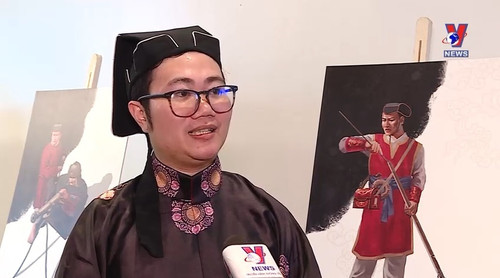 |
| Dong Nguyen, co-author of 'Loi Dong, Tinh Phi', speaks to the press about his latest book (Photo: vnews.gov.vn) |
The book is also based on books by foreign authors such as ‘Views of Seventeenth-century Vietnam: Christoforo Borri on Cochinchina & Samuel Baron on Tonkin’, and ‘Overseas Memoir’ by Chinese monk Thich Dai San.
Explaining about the catchy yet descriptive title of the book, Dong revealed that the title ‘Loi Dong, Tinh Phi’ (Thunder and Meteorite) was inspired by a vivid description by writer Nguyen Khoa Chiem in their work titled ‘Viet Nam Khai Quoc Chi Truyen’, in which he describes a 17th-century battle as “guns went off like thunder, shots flew like meteorites”.
In addition to previously unexplored sources, the highlight of the book is dozens of large-scale paintings created by artist Caoviet Nguyen based on historical sources and artefacts.
The book is presented in English and Vietnamese with an aim to spread inspiration and love for the history among both domestic and international researchers and history enthusiasts who are interested in tracing back the military equipment and tactics deployed by the Vietnamese people in fighting against the enemies.
Readers can purchase ‘Loi Dong, Tinh Phi’ directly from the Comicola’s website at https://shop.comicola.com/product/loi-dong-tinh-phi/.
ABOUT THE AUTHORS
Dong Nguyen is the co-founder of several groups and pages specialising in history and ancient culture, such as Dai Viet Co Phong, Vietnam Centre, Vuong Su Kien Due. He is editor-in-chief of the book ‘Det Nen Trieu Dai’ (Weaving a Realm), which is about the history of clothing in the first half of the Later Le period.
Caoviet Nguyen (Kaovjets Ngujens) is a Vietnamese-Latvian artist who works in a realistic style, known for creating comics such as ‘The Bear Killer’ and ‘The Whistler of the Talavas Region.’ He was the main artist in the historical documentary film project ‘Baltic Tribes.’




